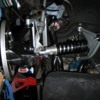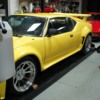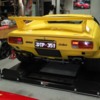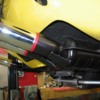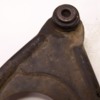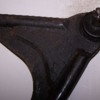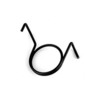quote:Originally posted by OzGT5:
The factory clearance from head of wheel stud to those countersunk head screws and the bearing retainer must be miniscule?
You would like to see 3 or 4mm here to allow some clearances but this seems not to be the case.
I thought the caliper mounting tabs were close to the rotor surface, but the stud head clearance is crazy.
The clearance between the heads and the upright is very close, but when my stock bearings failed the first thing I noticed was the rotor rubbing on the caliper mounts.
Mike


